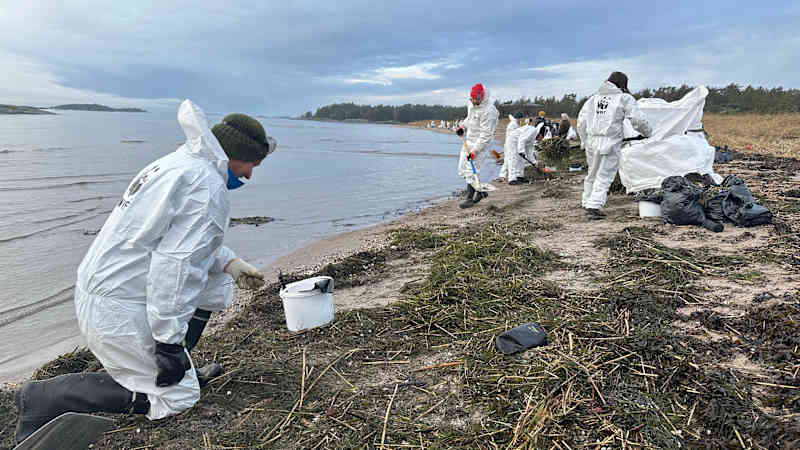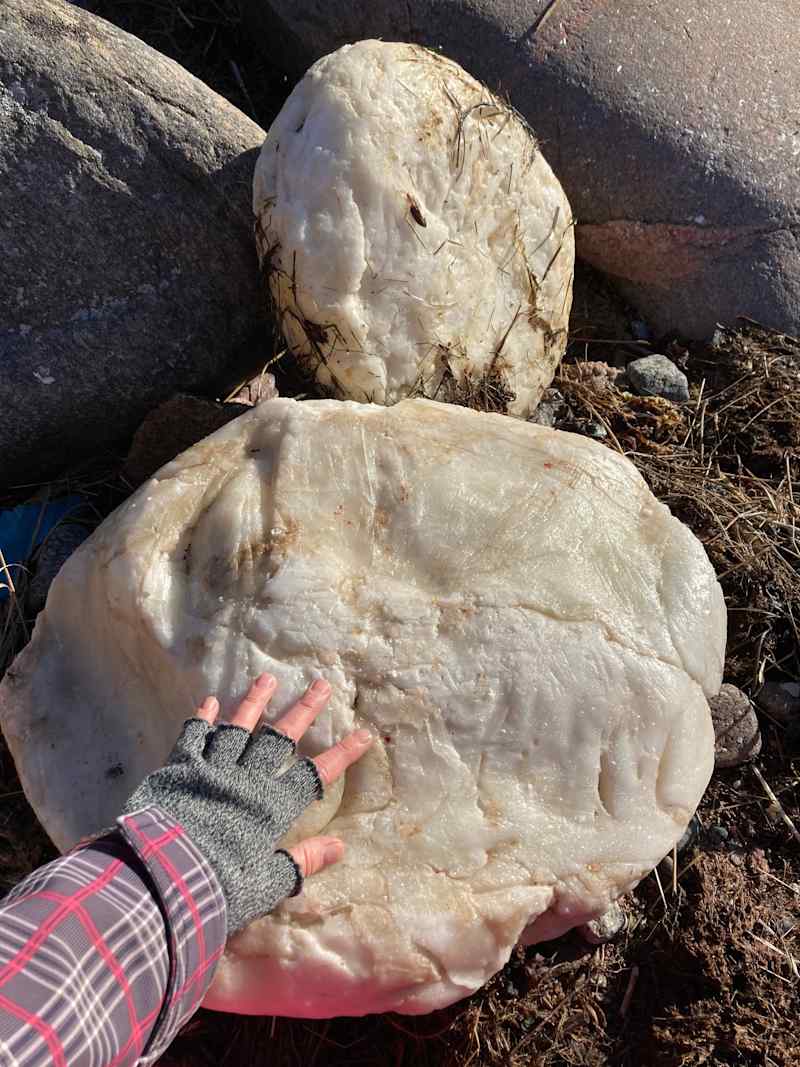About 25,000 kilos of fatty cubs were collected from the beaches of Hanko

The waste fat flowed into the sea from the Neste tanker. It covered all the beaches of Hanko and also moved to Ekenäs National Park.
According to the authorities, the beaches of Hanko have been cleaned of grease.
About 25,000 kilos of fats found in late January have been collected, says the Länsi-Uusimaa Rescue Service in a news release.
The fat came from Neste’s sea transport.

All deposits found so far on both the continent side and on the islands have been reviewed and cleaned.
Similarly, the individual observations made in Raseborg, including the Tammisaari National Park area, have been mapped and fat collected from the sea.
The first observations of environmental damage were made on January 26.
Free -free participants in the collection stalks
The city of Hanko, the liquid and a large number of volunteers through WWF have been involved in the collection.
The city of Hanko also thanks those who participated in the cleaning work.

According to authorities, the collection operation has gained useful experience in various collection methods and technologies suitable for beach cleaning.
Although the beaches have been cleaned, small individual lipstods may be found. Clearly larger fat finds are asked to inform the city environmental authorities.
